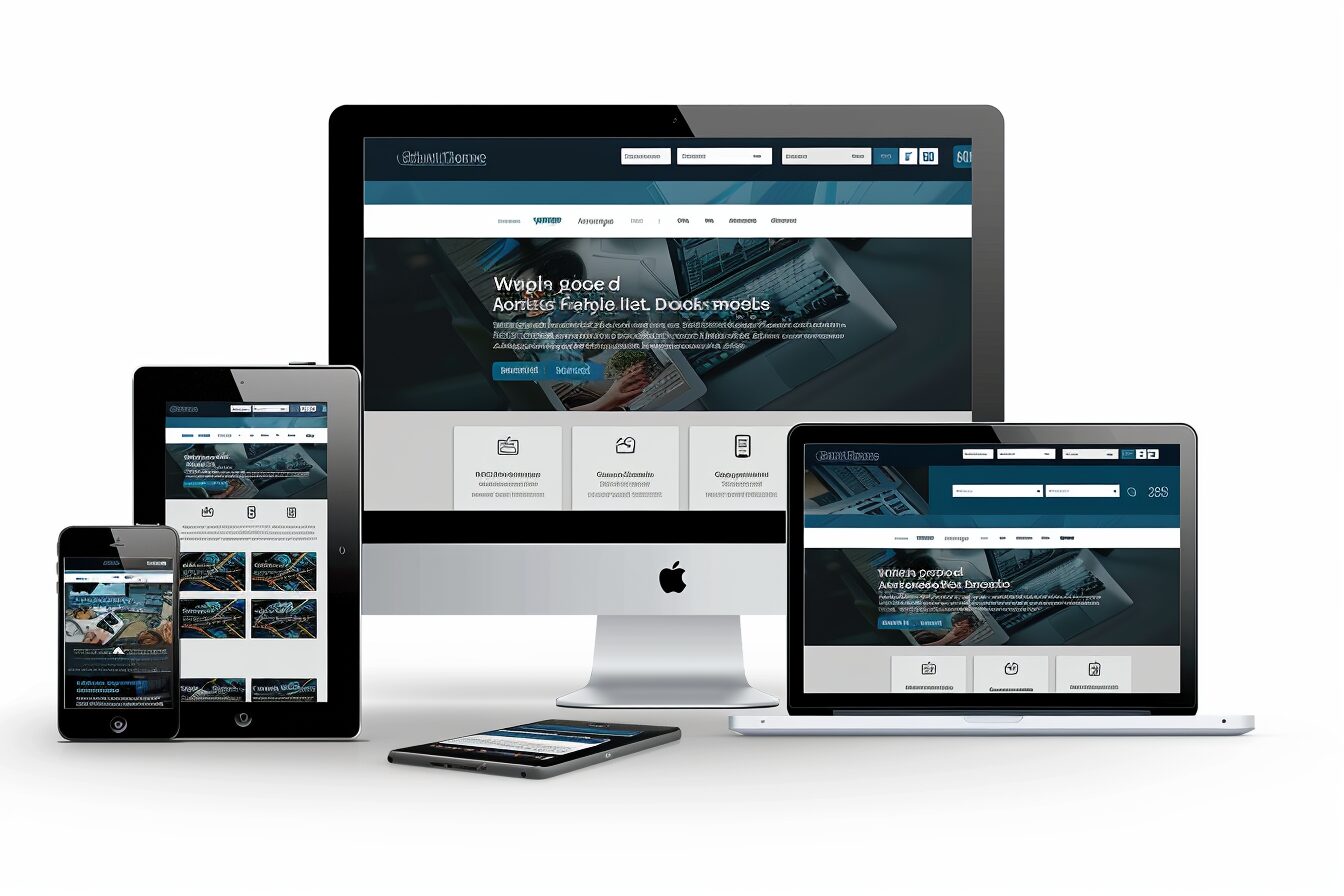Running an eCommerce website is not something that you can easily get into without some serious research beforehand. Any established eCommerce website owner will let you know how challenging it can be to set up your eCommerce website and keep it running alongside the other aspects of your business.
While you can put a lot of work into your products and marketing, you must never neglect your customers to succeed in your eCommerce business. After all, your target customers are the people who will determine the level of success that your website will face, as they are the people who are buying the products that you are selling.
However, you should keep in mind that you can spend forever on your product design and development, but if customers find it difficult to navigate through your website and access the products that you’re trying to sell, then you will likely not see the results that you are hoping for.
Customers have certain expectations when they access your site, and as an eCommerce owner, it is your responsibility to meet those expectations. Here are some of the essential features that your eCommerce website will need to drive sales to help meet those customer expectations and drive sales to your website.
An Intuitive Navigation Design

When a user makes their way into your eCommerce page, it can be very easy for them to be put off by a busy eCommerce page design. If a user cannot easily find what they are looking for on your eCommerce website, chances are that they will leave without giving your products or services a chance.
This is why it is important to have an intuitive navigation design on your eCommerce website. The navigation bar should be easy to spot and should be able to lead users to where they need to go with just a few clicks.
Place the most critical links in an easily accessible location, and make sure that all of your pages are interlinked so that users can easily move from one page to another.
About Us Page
Your eCommerce website should also have an About Us page that tells potential customers more about your company and what you do. This is a great way to build trust with potential customers, as they will be able to see that there is a real team behind your eCommerce website design and development.
While online shopping has become increasingly commonplace, many people are still wary of buying products online for fear of being scammed. An About Us page that reflects your brand and team puts a face to the business, which can help improve brand trust and loyalty. Make sure to include information such as your company’s history, mission statement, and any awards or recognition you have received.
Product Pages That Accurately Showcase Your Product
Your product pages are possibly the most essential pages on your eCommerce website, as this is where potential customers will learn more about the products you are selling.
As such, ensuring that your product pages are well-designed and accurately showcase your products is vital. Providing the user with as much information as they need about your product can help them give them that final push they need to encourage them to make a purchase.
Accurate descriptions of your products should be included on all of your product pages. You should also include information about product sizing, shipping, and return policy so that potential customers know what they are getting into before they make a purchase. If your product pages lack essential information, users may be discouraged from buying your product.
High-Quality Photos That Effectively Reflect Your Product and Brand
Your eCommerce website should also include high-quality photos that accurately reflect your product. In many cases, potential customers will base their decision on whether or not to buy a product based on the photos they see. If the photo is of poor quality or does not accurately reflect the product, potential customers will move on to another product or website.
Including multiple photos from different angles can also be helpful for potential customers, as it gives them a more accurate look at the product. Avoid using stock photos of your products or grainy and pixelated images, as this makes the overall look and feel of your website feel low-quality.
Investing in professionally-shot photos of your products gives your customers the best look at your products and reflects well on your brand. You can also take things a step further and take a short video of your products in action for a more realistic look at what customers can expect from your products in real life.
Colour/Dimension Options For Each Product
Some products come in multiple colours or dimensions, and it is important to give potential customers the option to select their preferred option and see it in that option. You should make sure to include this in your product photos.
When a user clicks on a specific variation of your product, a photo that shows that variant should show up so that they know what it looks like. This will help them make the best choice for their shopping.
Product pages should also include information about availability so that potential customers know whether or not the product is in stock. If a product is out of stock, then you should provide an estimated restock date so that potential customers know when they can expect the product to be back in stock.
Product Reviews
Including product reviews and ratings on your product pages can also help drive sales, as it helps build trust with potential customers. If potential customers see that other people have had a positive experience with your product, they will be more likely to complete a purchase. Allowing customers to leave reviews and ratings for your products shows that you are transparent and willing to listen to feedback.
If you do not have any reviews or ratings for your products yet, you can start by asking friends and family members to try your products and leave a review. You can also offer incentives for customers to leave a review, such as discounts or coupons.
A Call-To-Action Button For Each Product Page
Each product page on your eCommerce website should have a call-to-action button that encourages users to add the product to their cart. The call-to-action button should be visible and stand out from the rest of the page. Using an attention-grabbing colour for your call-to-action button can also help encourage users to click on it.
The text on your call-to-action button should be clear and concise, such as “Add to Cart” or “Buy Now.” Avoid generic text such as “Submit” or “Continue,” as this can confuse potential customers.
Offers and Discounts

Including offers and discounts on your product pages can also help encourage potential customers to make a purchase. You can offer discounts for first-time customers, bulk purchases, or customers who sign up for your newsletter. You can also offer free shipping for orders over a certain amount.
Make sure to include the details of your offers and discounts on your product pages so that potential customers know how to take advantage of them. You should also include an expiration date for your offers, so potential customers are encouraged to act quickly.
A Straightforward Checkout Process
Cart abandonment is something that eCommerce websites need to be aware of, as it can hurt sales. Cart abandonment occurs when potential customers add items to their cart but do not complete the purchase. There are many reasons why this can happen, such as high shipping costs or a complicated checkout process.
You can help reduce cart abandonment by ensuring that your checkout process is straightforward and easy to understand. You should also make sure that there are no hidden fees, such as surprise shipping costs, that could discourage potential customers from completing their purchases. Allowing potential customers to checkout as a guest rather than creating an account can also help reduce cart abandonment.
Secure Payment Options

Customers need to feel confident that their personal and financial information is safe when they complete a purchase on your eCommerce website. You can help build trust with potential customers by offering secure payment options, such as PayPal or Apple Pay. You should also ensure that your website is SSL-encrypted to protect potential customers’ information.
Including trust symbols, such as the Better Business Bureau logo, can also help build trust with potential customers and encourage them to make a purchase. You can also include customer testimonials on your website to show potential customers that others have had a positive experience with your business.
Live Chat Support
Many customers still prefer the in-person method of shopping over online because of the human element you get from shopping in a brick-and-mortar store. Fortunately, with online technology at your disposal, you can implement a live chat feature on your store to bring that experience to your customers.
Whether you decide to implement a 24/7 chat feature or have that function available during store hours, it’s essential to be upfront with your customers about it so that they know when to expect support from your store when they need it.
If you decide to have chat support available for a fixed number of hours, always provide customers with an alternative contact option that they can use to send in their concerns, as well as an information hub that they can access so that they can find another way to answer their questions if you aren’t available.
Running an eCommerce website is not easy, as this type of website has many moving parts to keep your customers happy and sell your products effectively.
To take the load off your shoulders so you can focus on running your business, you should seriously consider working with a professional eCommerce website designer to keep things running smoothly in the background. When you invest time and effort in your eCommerce site, you will find it easier to achieve the results you are looking for.











